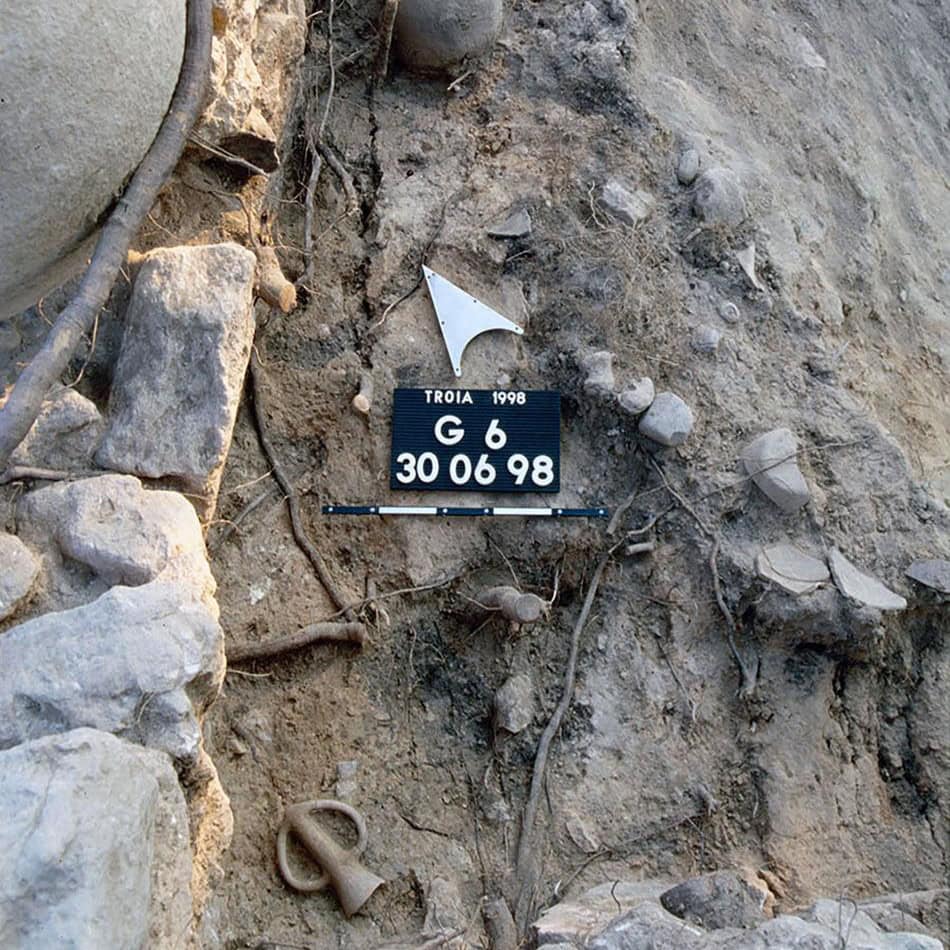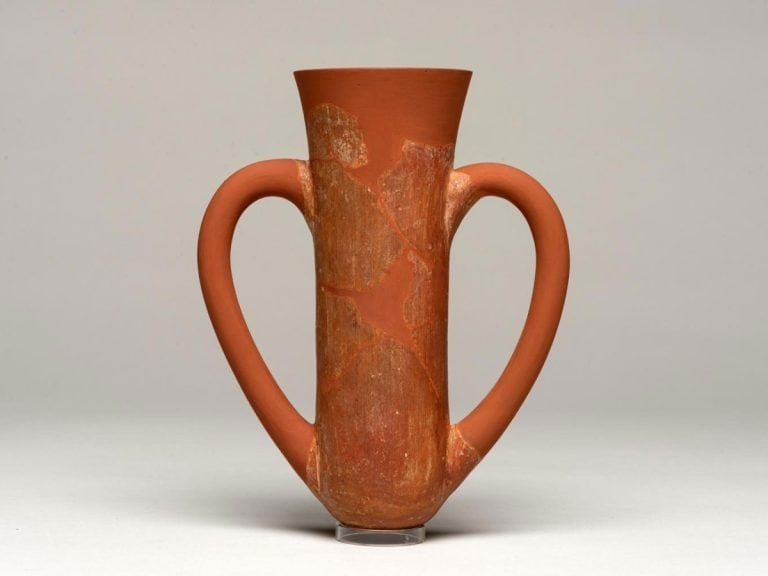For the first time, a team of scientists from the University of Tübingen in Germany has found definitive proof that wine was consumed in the ancient city of Troy, according to a statement released by the university itself. The research began with the analysis of the depas amphikypellon, a distinctive two-handled clay goblet known from Homeric epic poems. The vessels, dating from between 2500 and 2000 BC, were initially excavated by the German archaeologist Heinrich Schliemann in the 19th century, who hypothesised that they were used in celebratory toasts, as described in the Iliad. However, the question of whether they actually contained wine had remained unanswered until this investigation by the Institute of Prehistory, Ancient History, and Medieval Archaeology in Tübingen.
Wine as a widespread and popular beverage
While the use of the depas for drinking wine had previously been considered only a theory, recent biomolecular investigations by German researchers confirm this hypothesis, identifying high concentrations of fruit acids indicative of regular wine use, although these same acids were also found in cups and goblets from Troy. These findings are important for understanding the social role and cultural approach to one of the oldest and most significant beverages in human history. Further examinations at other sites could reveal whether a wider range of containers was used for wine elsewhere, potentially challenging current assumptions about the distribution and consumption of wine during the third millennium BC. In a statement, Dr Stephan Blum of the University of Tübingen explained: "Heinrich Schliemann had already hypothesised that the depas goblet was used during celebrations, just as described in the Iliad. Our research has now confirmed that these vessels were indeed used for wine." These types of containers are often found in temples and palace complexes, suggesting that elites and upper classes passed around wine vessels on special occasions. However, the team also analysed ordinary ceramic cups found in Troy’s outer settlement, far from the citadel, and found traces of wine in these containers as well, indicating that lower-class individuals also had access to the beverage.

The legacy of archaeologist Schliemann
The Classical Archaeology collection at the University of Tübingen contains a depas goblet and two fragments from Schliemann’s treasure. Maxime Rageot from the University of Bonn extracted a two-gram sample from the two fragments, then heated them to 380 degrees Celsius and studied the resulting mixture using gas chromatography and mass spectrometry. "The proof of succinic and pyruvic acid was conclusive: they occur only when grape juice ferments. So now we can confidently state that wine was indeed drunk from the depas goblets and not merely grape juice," says Rageot.
What a depas goblet looks like
The depas amphikypellon is a type of drinking vessel well known to archaeologists. It is made of finely worked clay, measuring between twelve and forty centimetres in height, with two handles and tapering to a pointed base. Over one hundred examples have been found in Troy alone, dating from between 2500 and 2000 BC. They are also scattered across the Aegean, Asia Minor, and Mesopotamia, with a capacity ranging from 0.25 to 1 litre. Its mention in the first and sixth books of the Iliad has made it famous among scholars. In the sixth book, Aeneas gifts Bellerophon a golden depas amphikypellon. Moreover, Achilles is also described as offering wine from a golden depas as a libation to the fallen Patroclus.


 Meloni: "Tariffs? If necessary, there will be consequences. Heavy impact on agri-food sector"
Meloni: "Tariffs? If necessary, there will be consequences. Heavy impact on agri-food sector" The Government honours the greats of Italian cuisine, from Bottura to Pepe. Massari: "Thank you, Meloni, the only one who listened to us"
The Government honours the greats of Italian cuisine, from Bottura to Pepe. Massari: "Thank you, Meloni, the only one who listened to us" "We must promote a cuisine that is not just for the few." Interview with Massimo Bottura
"We must promote a cuisine that is not just for the few." Interview with Massimo Bottura "From 2nd April, US tariffs between 10% and 25% on wine as well." The announcement from the Wine Trade Alliance
"From 2nd April, US tariffs between 10% and 25% on wine as well." The announcement from the Wine Trade Alliance Michelin surprise: in France, the guide rewards Italian chefs
Michelin surprise: in France, the guide rewards Italian chefs






